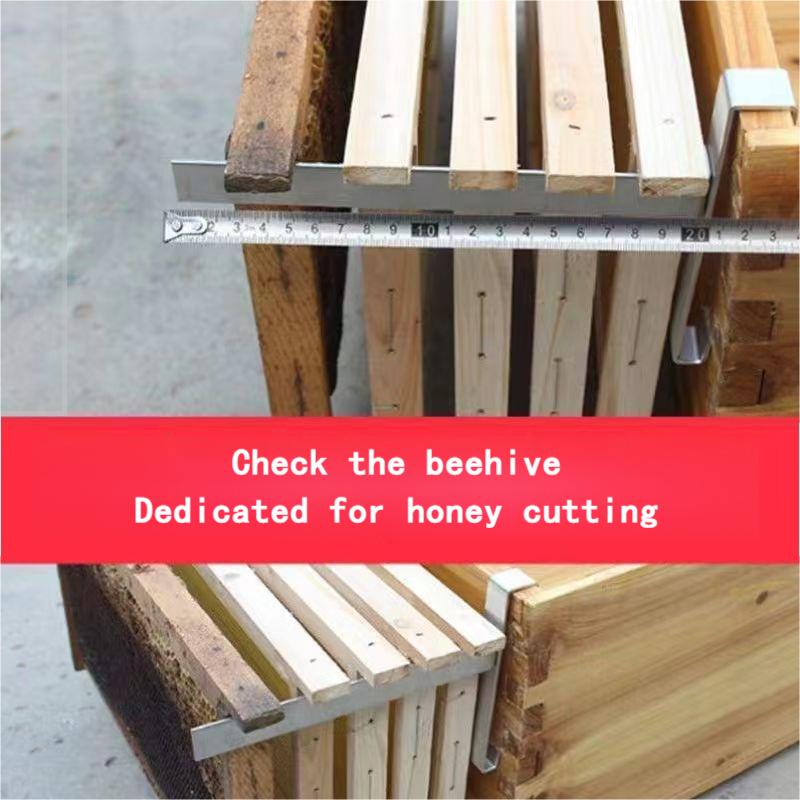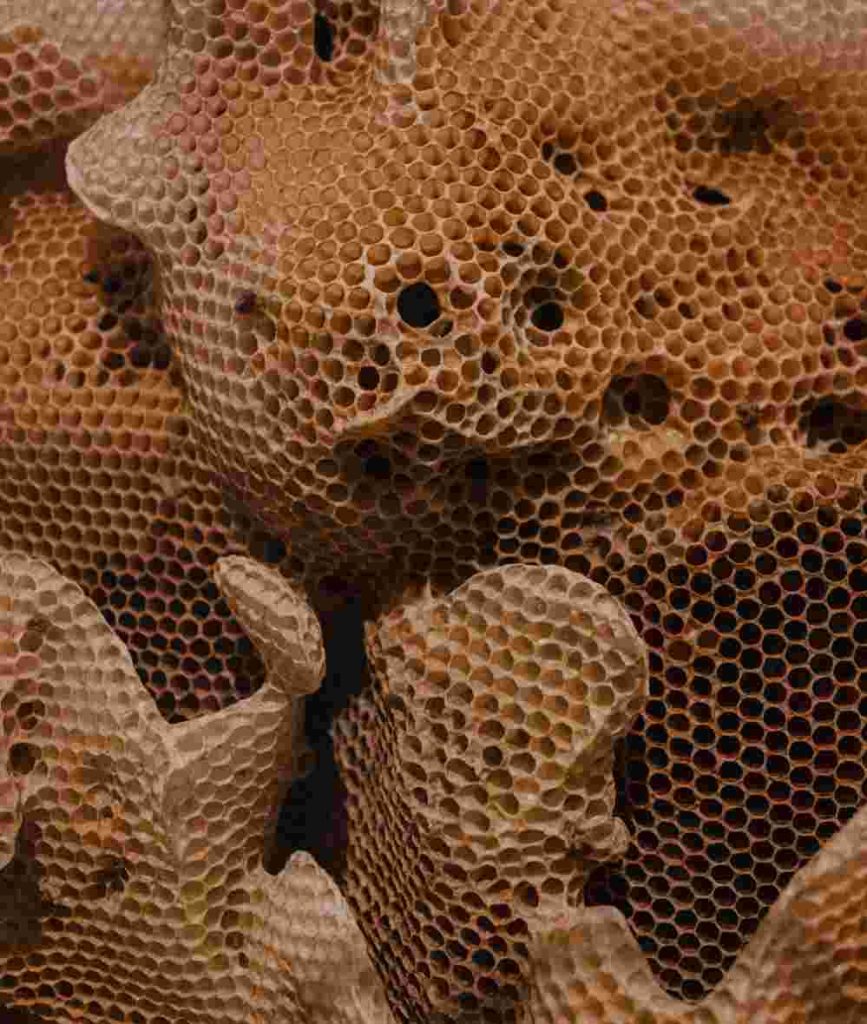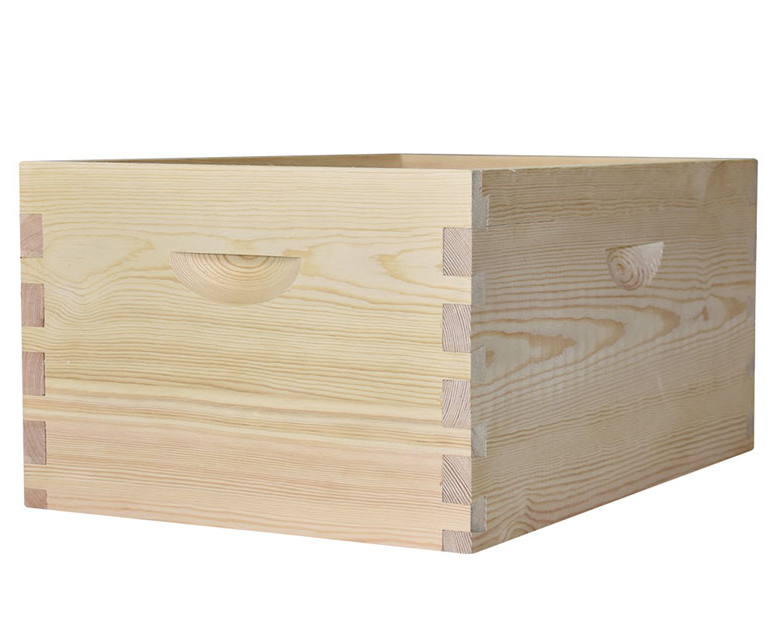In the realm of modern beekeeping, the beehive frames serve as foundational components essential for colony management and honey production. Understanding the intricacies of beehive frames is crucial for beekeepers aiming to optimize hive health and productivity.
Types and Construction of Beehive Frames

Beehive frames come in various types, each designed to cater to specific beekeeping methodologies and hive configurations. The most common types include:
- Langstroth Frames: These standardized frames are widely used in commercial beekeeping due to their compatibility with extraction equipment and ease of hive management.
- Top-Bar Frames: Known for their simplicity and alignment with natural comb structures, top-bar frames are favored by beekeepers practicing natural or organic beekeeping methods.
- Warre Frames: Designed for Warre hives, these frames promote minimal intervention beekeeping and encourage bees to build comb naturally.
- Flow Frames: A relatively newer innovation, flow frames allow for honey extraction without disturbing the bees, making them popular among hobbyist beekeepers.
The construction material of beehive frames typically includes wood (such as pine or cedar) for the frame structure and plastic or wax foundation sheets for comb support. The choice of material impacts durability, ease of use, and bee health considerations.
Key Considerations in Frame Selection

When selecting beehive frames, several factors should be considered:
- Frame Size: Frames come in different sizes (e.g., deep, medium, shallow) to accommodate brood rearing, honey storage, or a combination thereof.
- Foundation Type: Foundations can be plastic or wax-coated, impacting bee behavior and ease of comb manipulation during inspections.
- Spacing: Proper frame spacing within the hive promotes efficient bee movement and comb construction, influencing overall colony health.
- Durability and Maintenance: Frames should be durable enough to withstand hive manipulation and environmental conditions, while also being easy to maintain and sanitize.
Maintenance and Care of Beehive Frames
Regular maintenance of beehive frames is essential to ensure colony health and longevity:

- Inspections: Regularly inspect frames for signs of disease, pest infestation, and proper comb construction.
- Cleaning: Clean frames periodically to remove wax build-up and propolis, ensuring hygienic conditions within the hive.
- Replacement: Replace old or damaged frames promptly to prevent hive instability and maintain optimal beekeeping conditions.
- Storage: Properly store frames during off-seasons to prevent damage and contamination.



